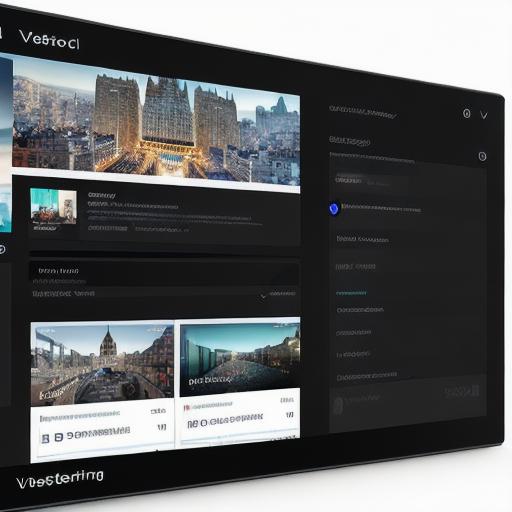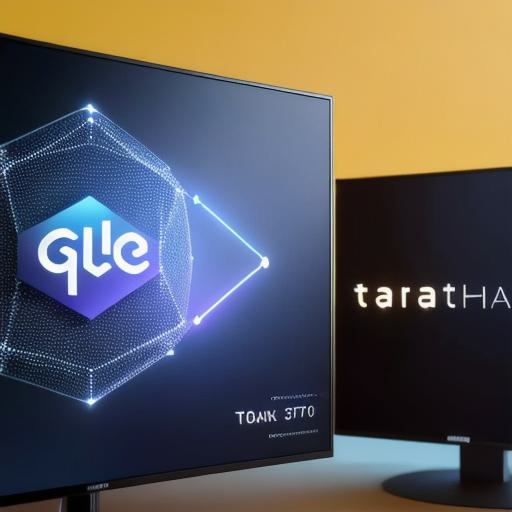As the world becomes more digitally connected, video streaming has become an integral part of our daily lives. Whether it’s watching movies, TV shows, or playing games, video content is becoming increasingly important. However, traditional video streaming platforms have several limitations, including high costs, limited control over content, and a lack of transparency in pricing and usage.
Web3 technology has the potential to revolutionize video streaming by addressing these limitations and creating a more efficient, secure, and decentralized platform. In this article, we will explore the benefits of Web3 technology for video streaming and provide real-life examples of companies that are already using it to create innovative video streaming solutions.
Web3 Technology: An Introduction
Web3 technology refers to the decentralized technologies that enable a new era of internet communication and collaboration. These technologies include blockchain, smart contracts, and decentralized applications (DApps). By leveraging these technologies, Web3 platforms can provide users with more control over their data, greater security and privacy, and more efficient and cost-effective video streaming solutions.


Benefits of Web3 Technology for Video Streaming
- Cost Efficiency: Web3 technology enables the creation of decentralized video streaming platforms that eliminate intermediaries and enable direct peer-to-peer (P2P) communication between users. This eliminates the need for expensive infrastructure and licensing fees, making it possible to offer video streaming services at a lower cost.
- Transparency and Control: Web3 technology enables greater transparency in pricing and usage, allowing users to control their data and usage patterns. This gives users more control over their content and ensures that they are not being overcharged for unnecessary services.
- Decentralization: Web3 technology enables the creation of decentralized video streaming platforms that are immune to censorship and control by central authorities. This provides users with greater freedom of expression and access to content, regardless of where they live or what their beliefs are.
- Security and Privacy: Web3 technology leverages encryption and other security measures to protect user data and ensure privacy. This is particularly important in the age of cyber threats and data breaches, where users need to be confident that their personal information is safe.
Real-Life Examples of Web3 Video Streaming Solutions
- Theta Labs: Theta Labs is a Web3 video streaming platform that enables users to earn cryptocurrency by sharing their bandwidth with other users. This creates a decentralized network of users who can stream high-quality video content at a lower cost.
- Swarm.io: Swarm.io is a decentralized video streaming platform that uses blockchain technology to enable secure and efficient P2P communication between users. This eliminates the need for intermediaries and ensures that users have greater control over their data and usage patterns.
- Twitch/Twilio: Twitch, a popular live streaming platform, has partnered with Twilio to create a decentralized video streaming solution using Web3 technology. This enables developers to build innovative video streaming applications that are secure, scalable, and cost-effective.
FAQs
- What is the main idea of this article?
The main idea of this article is to explore the benefits of Web3 technology for video streaming and provide real-life examples of companies that are already using it to create innovative video streaming solutions. - How does Web3 technology address limitations of traditional video streaming platforms?
Web3 technology enables the creation of decentralized video streaming platforms that eliminate intermediaries, provide greater transparency in pricing and usage, and enable more efficient and cost-effective video streaming solutions.
